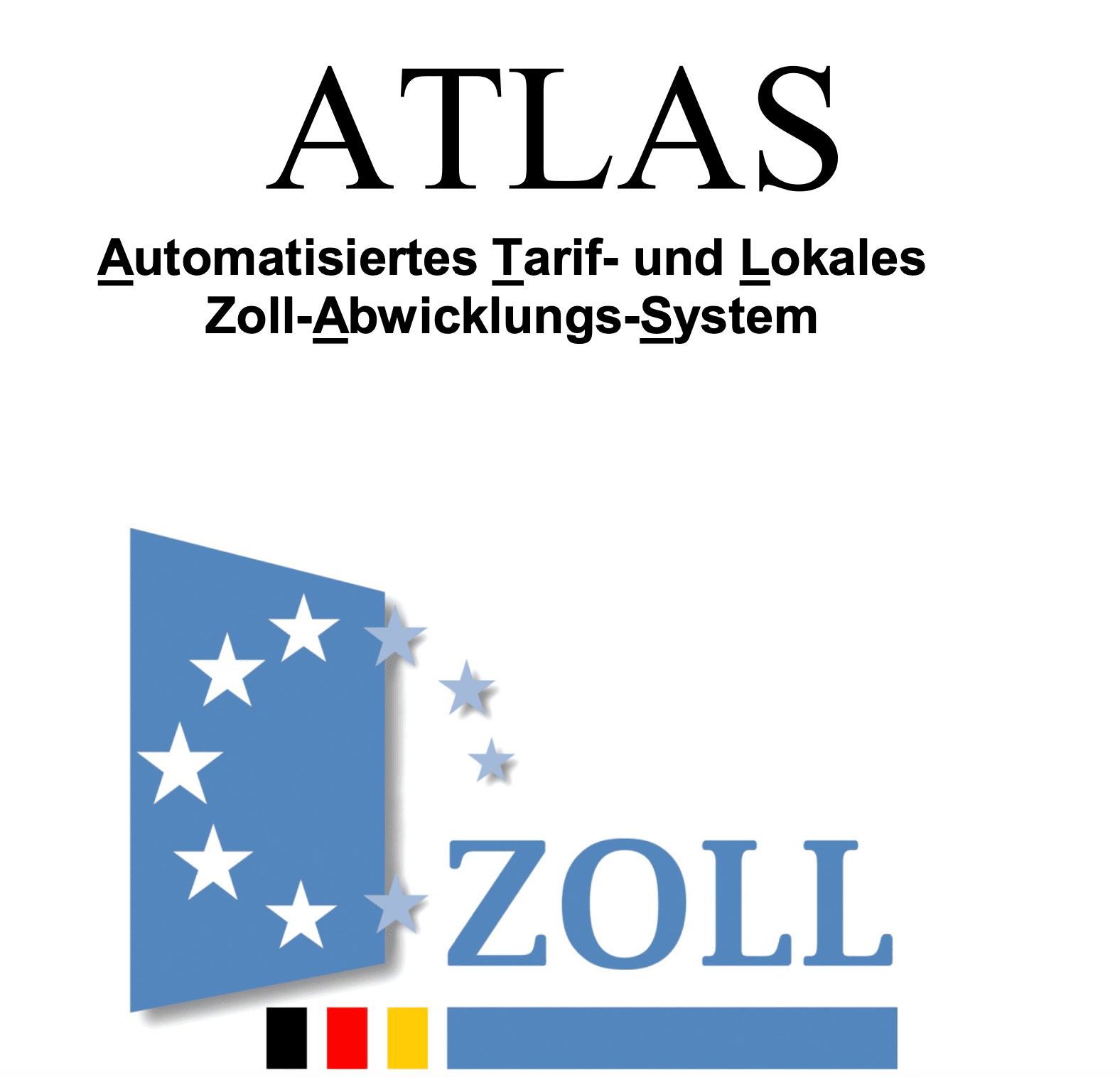Advantages of the simplified customs declaration

A member of my network has asked me to explain the advantages of the simplified customs declaration. I would like to answer this question today as best I can in a short post like this. ✅
A standard customs declaration must contain all the data and information required for placing the goods under the relevant customs procedure. In addition, all documents must also be submitted at the time the goods are presented.
There are essentially two types of information and documents:
1️⃣ Concerning the nature of the goods -> Keyword: Prohibitions and restrictions on imports
2️⃣ required for the calculation of import duties -> Keyword: Duty collection
The simplified customs declaration now divides the customs declaration into precisely these two sections, so to speak.
The information relating to the goods is required in the initial declaration, which is submitted with the presentation of the goods. Documents that also relate to the characteristics of the goods (e.g. phytosanitary certificate) or that are required for a customs inspection must also be submitted at this time.
However, details and documents relating to the collection of import duties, such as the commercial invoice, proof of preference, etc., can be submitted at a later date (usually 10 days) in the so-called supplementary customs declaration (SCD). If these documents and information are regularly not available at the time of import, delays in customs clearance can be avoided by using this simplification.
If you make a large number of imports, the ECC can also be summarised, for example for all imports made within a calendar month. This means that even longer deadlines can be used and all import duties for a month can be summarised in a single payment. This optimises internal processes and reduces costs.
Do you already use the simplified customs declaration? I look forward to your comments!
